Women artists struggle for visibility in Swiss museums
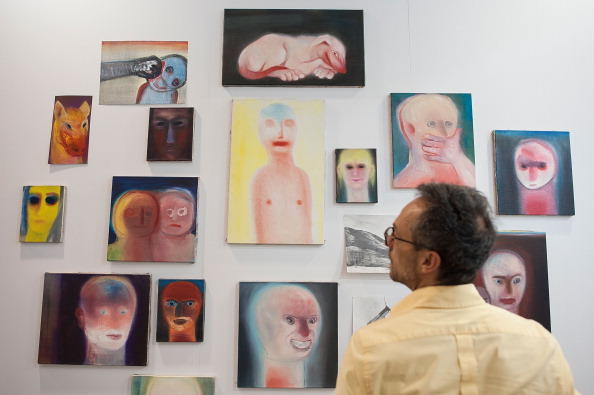
Male artists far outnumber their female counterparts in Swiss art museums. Over the past decade, around one quarter of all artists showcased in museums were women, a swissinfo.ch/RTS survey reveals.
Worldwide, 2019 seems to be a good year for female artists. At the Tate Britain museum in LondonExternal link, for example, a new display is dedicated to women artists who have been working in the country over the past 60 years.
The visibility of female artists is a global issue. A study into the diversity of artists in US museumsExternal link published last year revealed that only 12% of the artists shown in 18 major American institutions are women.
swissinfo.ch and Swiss public television, RTS, contacted 125 art museums to get a Swiss perspective on the question of the diversity of artists. Over 60% replied, giving results for a total of 80 museums for the 2008-2018 period.
The study shows that in solo exhibitions in Swiss museums, only 26% of artists were women; the percentage is slightly higher for shows with male and female artists together.
On closer analysis, large differences emerge between institutions. The Musée Alexis Forel in Morges, canton Vaud, for example, presents the highest percentage of female artists. Museum director Yvan Schwab says it doesn’t impose quotas but admits that he pays special attention to the work of female artists.
The situation appears to be evolving in other Swiss museums. More exhibitions dedicated to women artists have been popping up recently, such as the recent shows at the Le Locle Art Museum in canton NeuchâtelExternal link. Such initiatives tend to boost ticket sales, but their impact is short lived.
In all, only eight museums, or 10% of the total, had more individual shows with female artists than men. These included the Kunsthalle BaselExternal link contemporary art museum, where 53% of solo shows featured female artists.
Looking at the biggest art museums in Switzerland, only 15.1% of the artists presented in individual shows were women.
[*The Musée d’art et d’histoire (MAH) in Geneva has four sites. The MAH mentioned above refers to their main site.]
The Kunsthaus ZurichExternal link acknowledges this imbalance.
“Our museum reflects the artistic rules and principles of the last 600 years – there were lots more men. When we have contemporary art shows, however, we seek to install a balance between sexes,” explained museum spokesperson Björn Quellenberg.
The same names often reappear at temporary Kunsthaus exhibitions: Pablo Picasso, Ferdinand Hodler, Félix Vallotton, for example. Not many female artists.
“When we ask the public what they would like to see, they often tell us the names of famous male artists,” said Quellenberg.
The Kunstmuseum BernExternal link says it is closely monitoring the gender balance among its artists. The museum director, Nina Zimmer, says she tries to present an equal number of works by female and male artists to reflect general diversity in society. She has been working at the institution since 2016 and has coordinated numerous displays dedicated to women artists.
In 2019, she has chosen to showcase two artists, separately: Johannes Itten and Miriam Cahn.
“We also buy works by women artists for our collections; we have a gap to fill,” admits Zimmer.
Art school exclusion
DataExternal link from the Tate galleries in Britain from 2014 showed that only 15% of the artists in the Tate’s permanent collection were women.
Women have been long absent from the world of art for cultural and historical reasons. For years, women were refused access to European art schools. In the 18th and19th centuries in Europe, artistic training became more professional, but women had to learn the skills privately, at a cost.
Finally, when women were able to study art, they struggled to gain visibility.
“Art criticism at the time often overlooked women, as the critics themselves were men,” said Mara Folini, director of Ascona’s art museum, which is strongly committed to boosting female participation.
Today, things are different, at least in terms of education and training. In general, there are more female art students than male. In 2018, 55% of students at the prestigious Zurich University of the Arts were women. The same goes for art history studies at Swiss universities. And Swiss museum curators are more often women than men.
The SikartExternal link lexicon on art in Switzerland gives details on the percentages of men and women who are involved in artistic professions in the small Alpine nation. In general, the list is dominated by men. But the percentage of female artists increases every year. For artists aged below 89, 38% are women, while this figure rises to 46% for those aged under 49.
In principle, a Swiss contemporary art museum has the choice between male and female artists. So why aren’t women more visible? As the survey indicates, gender equality remains a distant objective for many Swiss museums.
For Olivier Moeschler, a sociologist at the University of Lausanne, the causes are probably much deeper than just the world of art: “Today, art must be provocative and not just aesthetic. Society accepts provocation relatively well when it is done by a man but not by a woman.”
We contacted 125 Swiss art museums by e-mail to ask them if they could send us a list of all the temporary, individual and collective exhibitions organised between 2008 and 2018, by gender. We received data from 73 museums, and for seven others, we were able to get the data directly on their website. Here is a linkExternal link to the data on the procedure, definitions, method and data analysis.
A previous version of this article indicated that, in the biggest art museums in Switzerland, only 13.6% of the artists presented in individual shows were women. The correct figure is 15.1%. Sorry.
(Translated from French: Simon Bradley)

In compliance with the JTI standards
More: SWI swissinfo.ch certified by the Journalism Trust Initiative
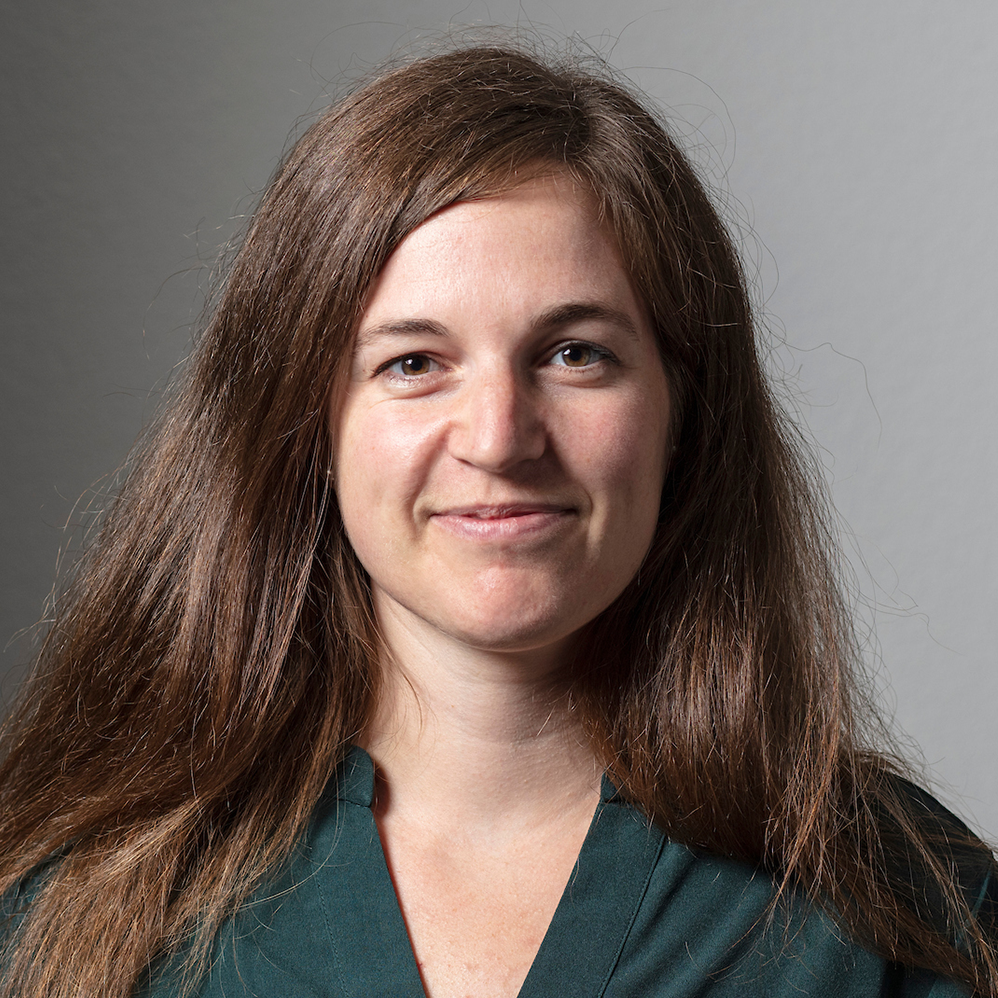









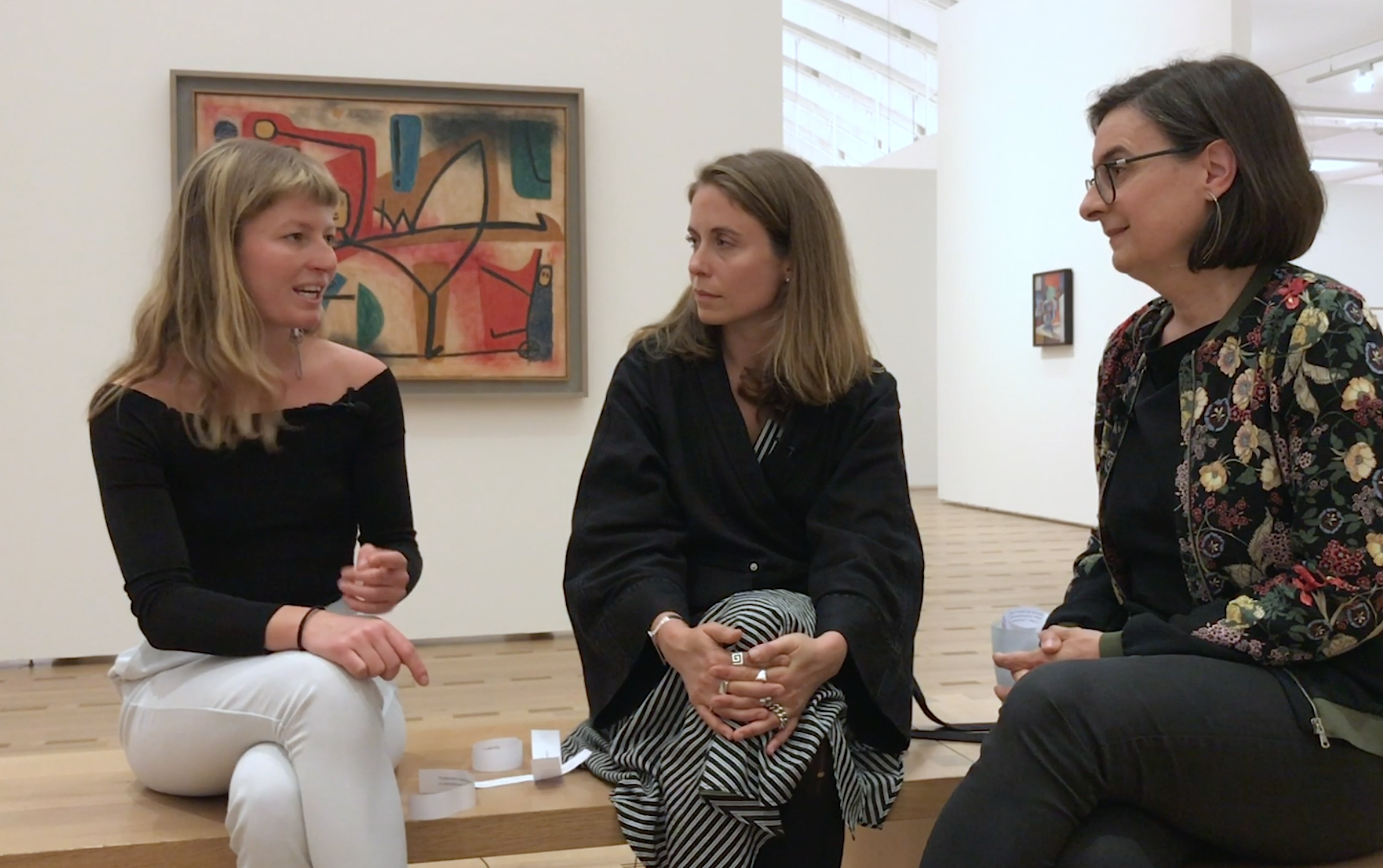


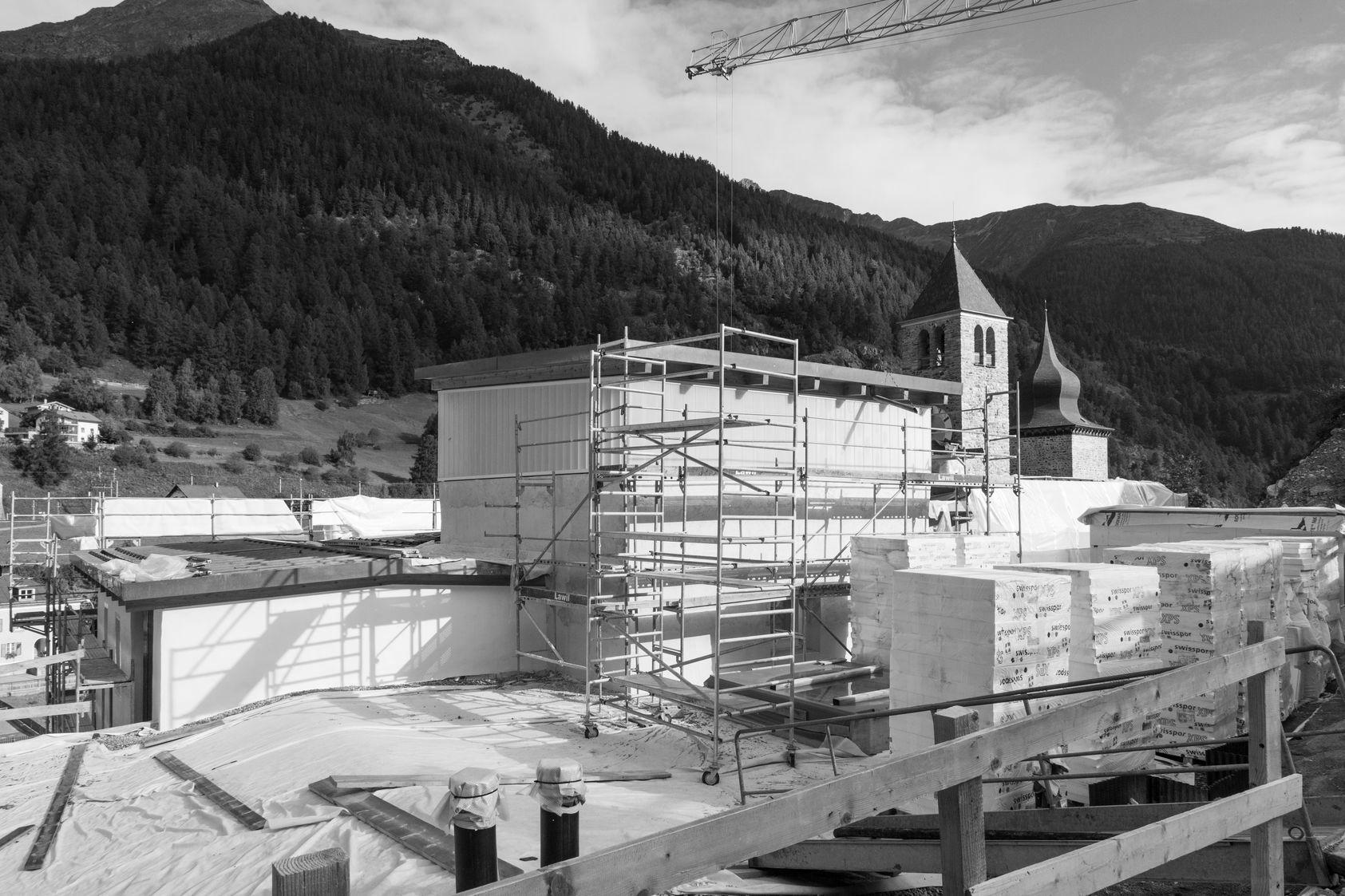
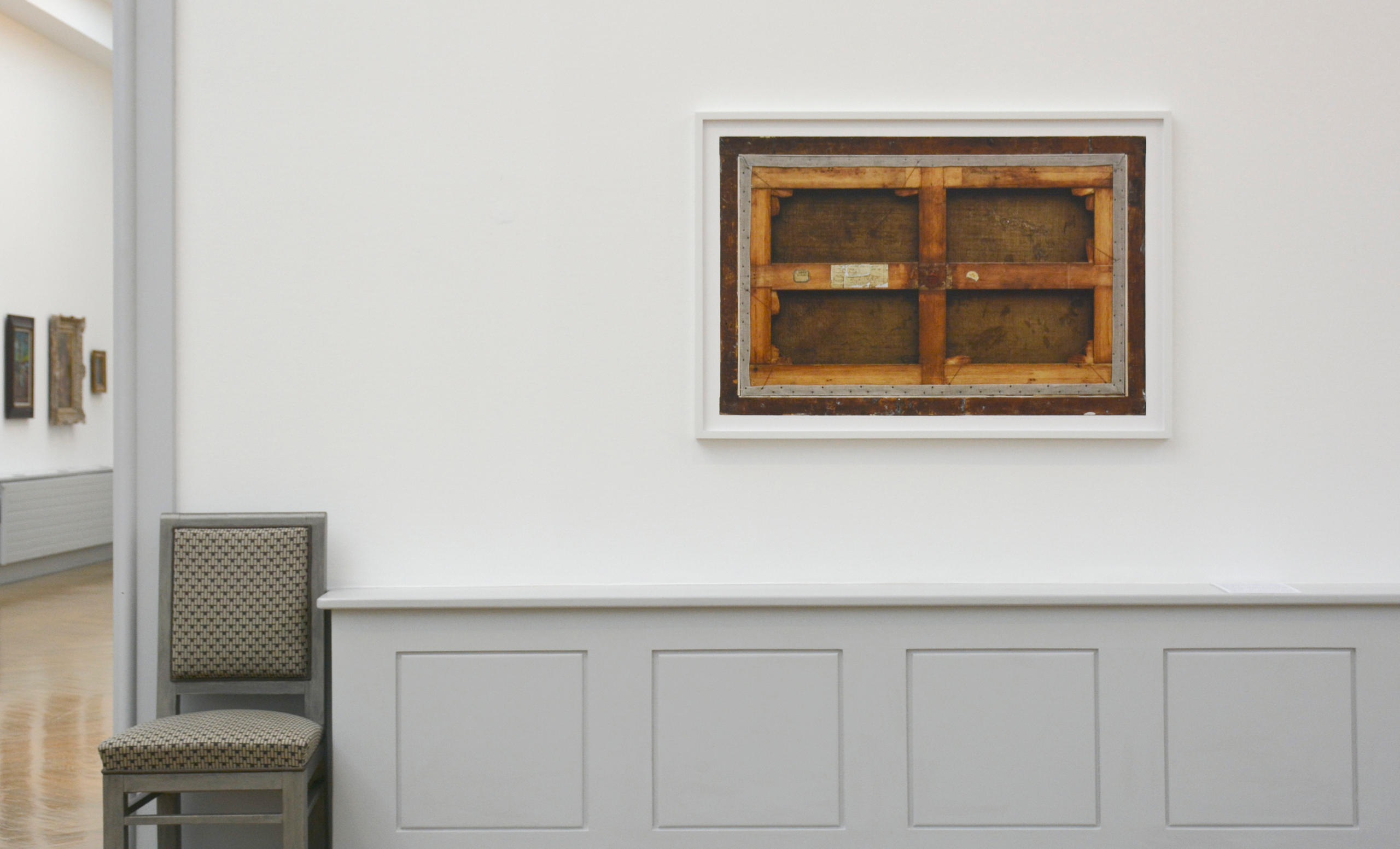
You can find an overview of ongoing debates with our journalists here . Please join us!
If you want to start a conversation about a topic raised in this article or want to report factual errors, email us at english@swissinfo.ch.